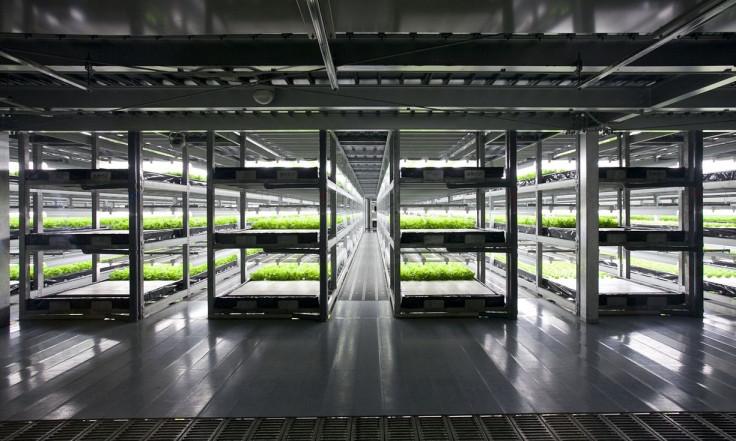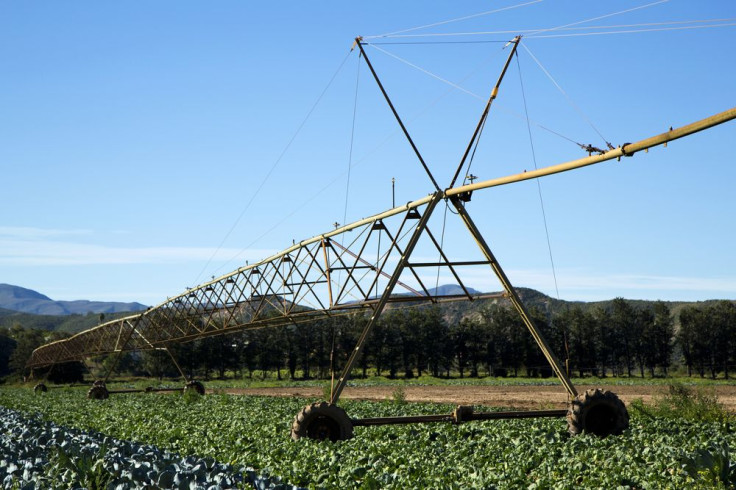What Makes Foods Today Toxic To Our Body?

There will always be toxins in our food crops. And while the overwhelming majority won't pose serious dangers to our health, it's those toxins with the potential to land us in a hospital -- or kill us -- that worry doctors no end.
One of these ever present toxins is phosphate, the main ingredient in a lot of fertilizers spread on soil to grow crops faster. One agricultural expert examined three major sources of toxicity in food: phosphate fertilizers, glyphosate herbicides and biosolids (which are human waste used as fertilizer). He said these three toxins do their damage during the plants’ growth phase.
Here's how these three toxins can do damage to our health.
Phosphate Fertilizers
Apart from being a popular fertilizer ingredient, phosphate also contains "polonium-210" (Po-210), a radioactive element a plant might absorb. As a consequence, questions about food safety arise.
There is little chance Po-210 in plants will kill people but it must be noted this element is a known carcinogen. When inhaled, Po-210 causes lung cancer and when swallowed, it concentrates in red blood cells. It then spreads to the liver, kidneys, bone marrow, gastrointestinal tract and the testicles or ovaries.
Much of Po-210's notoriety derives from the fact it was used by Russian agents to kill the former Russian spy, Alexander Litvinenko, in London in 2006. Litvinenko died of radiation sickness.
A paper publised in 2011 in the Journal of Oncology, “Polonium and Lung Cancer,” confirms "the principal source of Po-210 is the fertilizers used in tobacco plants." These same fertlizwers are used on other crops as well.
Glyphosate Herbicides
The glyphosate in glyphosate herbicides was identified as a probable human carcinogen in 2015. It's also been linked to a wide range of health problems.
Glyphosate, the active ingredient in Monsanto’s Roundup herbicide, has been linked to cancer worldwide. Mainly used as a weed killer, glyphosate was identified as a probable human carcinogen by the International Agency for Research on Cancer (IARC) in 2015.
A recent meta-analysis of six epidemiological studies published from 2001 to 2018 concluded glyphosate increases the risk of Non-Hodgkin lymphoma (NHL) by 41 percent in highly exposed subjects such as gardeners. NHL is a cancer that starts in white blood cells called lymphocytes in the lymphatic system, the disease-fighting network spread throughout a human body.
Some lab tests reveal most foods (especially processed foods) are contaminated with this chemical. Surprisingly, more than 70 percent of Americans have detectable levels of glyphosate in their bodies.
Biosolids
Sewage sludge, which are also called biosolids, are the cheapest and most readily available fertilizer. It's dangerous because it contains industrial waste, PFAS chemicals linked to cancer and organ damage and heavy metals.
Mounting scientific evidence reveals the toxicity levels in food are rising. It also reveals conventional agriculture has also become a leading cause of environmental pollution and destruction.

Published by Medicaldaily.com



























